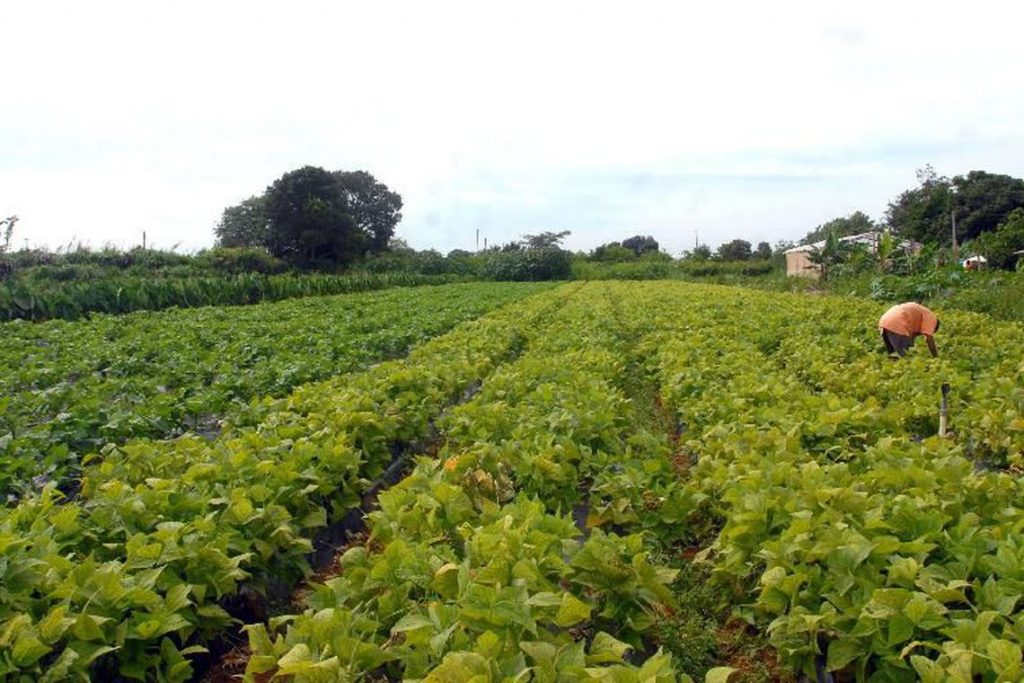RIO DE JANEIRO, BRAZIL – Circumventing the effects of heat on crops has engaged the Brazilian Agricultural Research Corporation (EMBRAPA) researchers in the development of planting techniques, management, and new cultivars that ensure productivity. Two new varieties of frizzy lettuce are already being marketed.

Lettuce registered as BRS Leila takes longer to bloom and withstands ten more days at temperatures above 25°C, the maximum limit at which the original vegetable yields its best. In the case of BRS Mediterranea, on the other hand, the plant’s metabolism is more precocious and reaches the harvest point seven days earlier than the most common type planted in Brazil and it is less exposed to heat.
The rise in temperatures affects the planting of lettuce and other crops because, with higher heat, “evapotranspiration” is intensified, a term that combines the evaporation of water stored in the plant and the soil transpiration, which causes water deficiency in the crop. The environment and water temperature, together with the reception of light and carbon dioxide, are factors that affect photosynthesis, the plant’s ability to convert solar energy into chemical energy and to develop.
Integrated systems
“With data collected since 1980 and with [mathematical] predictive models until 2040, we are observing that water deficiency is increasing and that this may lead to problems in food supply,” cautions Eduardo Assad, an expert on climate change at EMBRAPA Agribusiness Computing.
According to him, in addition to cultivars that are more resistant to heat, “Brazil has implemented the best public policy in the world to mitigate the emission of greenhouse gases in the atmosphere from agriculture, which it terms low carbon agriculture (ABC).”
The expert is referring to the adoption of durable integrated systems, existing across almost 13 million hectares (4.8 percent of the land used for agriculture and livestock), combining activities in the field to ensure productivity in warmer weather and also to prevent further gas emissions that favor warmer temperatures.
“We shouldn’t have large areas of soybean plantations. It should be soybeans, pasture, and trees. This leads to carbon reduction in the atmosphere, high productivity, and the diversification of activities”, he exemplifies.
“Through the integrated system, everyone wins. Soy alone does not remove carbon from the atmosphere. Improved pasture removes, degraded pasture emits. The forest is the largest remover of carbon from the atmosphere. All three together are winners in carbon removal and are leaders in profitability for farmers,” describes Assad — adding the potential for integrated agroforestry systems with crops such as acai, cocoa, and coffee.

